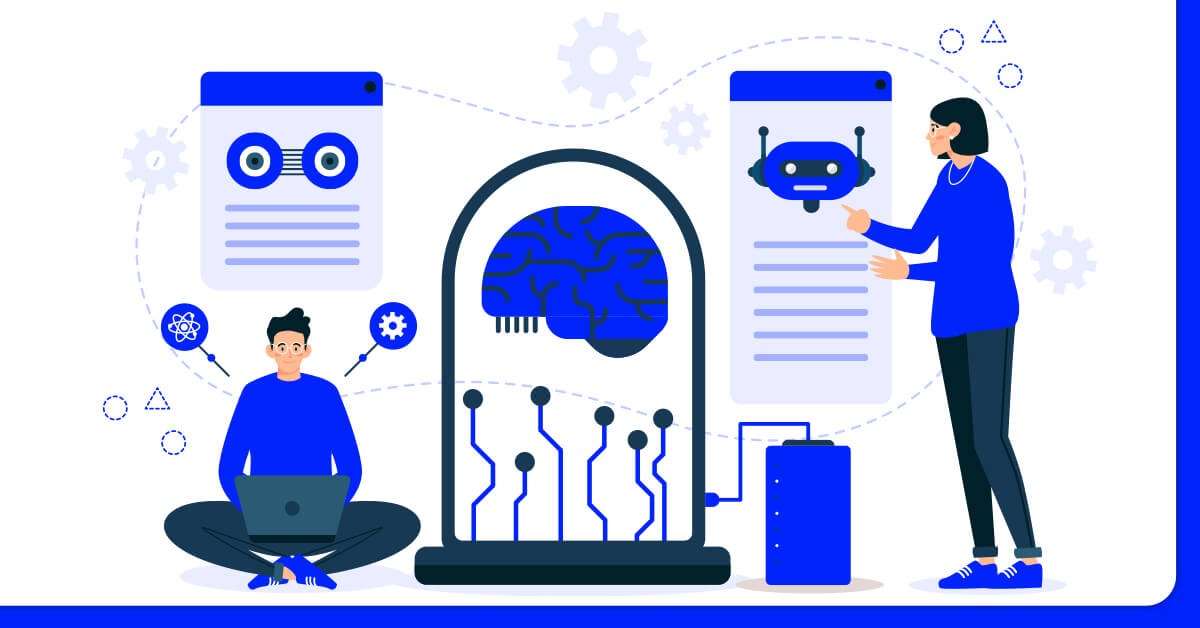The synergy between Optical Character Recognition (OCR) and Artificial Intelligence (AI) represents a significant leap in data extraction capabilities. This next-generation OCR technology harnesses the power of AI to unlock new levels of efficiency and accuracy in processing and extracting data from various sources. In this expert article, we will explore the convergence of AI and OCR and the advanced applications it enables.
The Marriage of AI and OCR
AI-driven OCR systems are a result of combining OCR technology with machine learning algorithms and neural networks. This integration allows these systems to learn, adapt, and continuously improve their recognition accuracy. Here are some key areas where next-gen OCR is making a significant impact:
Enhanced Text Recognition
AI-enhanced OCR goes beyond traditional character recognition by understanding context and language nuances. This results in more accurate and context-aware text recognition, especially when dealing with handwritten or degraded text.
Improved Image and Document Analysis
Next-gen OCR systems can analyze images and documents in-depth, extracting not only text but also other valuable information, such as logos, tables, and diagrams. This holistic analysis provides richer data insights.
Data Verification and Correction
AI-powered OCR can verify and correct recognized text, reducing errors and enhancing the quality of extracted data. It can cross-reference data with external sources to ensure accuracy.
Natural Language Processing (NLP)
Integration with NLP allows next-gen OCR systems to interpret and understand the meaning behind the text. This capability is especially useful for extracting insights from unstructured data, such as emails or social media posts.
Multilingual and Cross-Script Recognition
AI-driven OCR can handle multiple languages and scripts seamlessly. It can recognize and process text in languages with complex characters or non-Latin scripts, expanding its global utility.
Advanced Data Extraction from Documents
Next-gen OCR excels in extracting structured data from documents like invoices, receipts, and forms. It can accurately locate and extract specific data fields, making it ideal for automating data entry tasks.
Contextual Understanding
AI-enhanced OCR systems can understand the context of a document, allowing them to differentiate between similar terms or phrases. This contextual awareness improves the accuracy of data extraction.
Applications in Various Industries
The capabilities of next-gen OCR extend across various industries and sectors:
- Finance and Banking: Automating document processing for loan applications, mortgage approvals, and financial statements.
- Healthcare: Extracting patient information from medical records and automating insurance claims.
- Legal: Analyzing and summarizing legal documents, contracts, and case files.
- Retail: Optimizing inventory management, automating purchase orders, and improving supply chain visibility.
- Human Resources: Streamlining recruitment processes by extracting data from resumes and applications.
- E-commerce: Enhancing product catalog management and automating order processing.
The Future of OCR and AI Integration
As AI and OCR integration continues to evolve, we can anticipate several advancements:
- Real-time Processing: Faster and more efficient data extraction in real-time, enabling instant decision-making.
- Edge Computing: AI-powered OCR on edge devices, reducing latency and enabling offline data extraction.
- Customization: Tailored OCR solutions for specific industries and use cases, with the ability to adapt to unique requirements.
- Security and Compliance: Enhanced security measures to protect sensitive data and ensure compliance with privacy regulations.
Conclusion: The AI-OCR Revolution
Next-gen OCR, empowered by AI, is reshaping how organizations extract and leverage data. With its ability to understand context, languages, and complex documents, it opens up new possibilities for automation and data-driven insights across various sectors.

